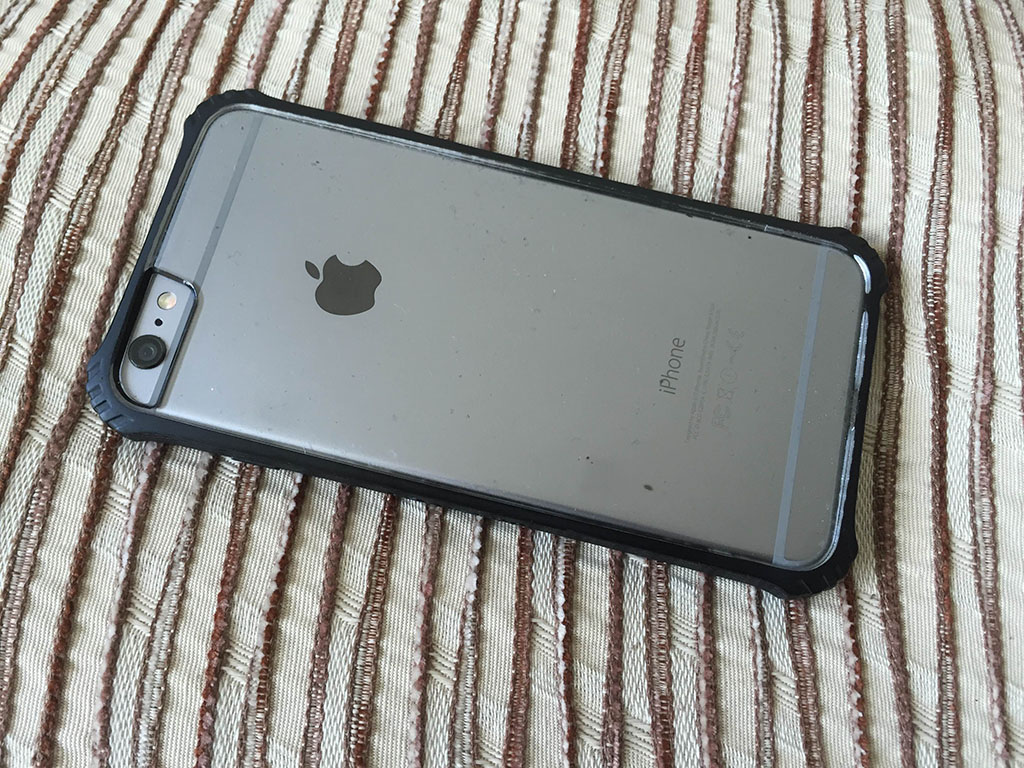
Earlier today, I had covered iOS 9’s cool new battery-saving feature called Facedown detection.
As I had mentioned in the article, the facedown detection in iOS 9 doesn’t work on iPhone 5, iPhone 4S, the iPads and iPod touches.
It wasn’t clear why the feature wasn’t available on the older iPhones as they came with the ambient light and proximity sensors that Apple said was used to detect if the device was facedown. We’ve finally found out the reason thanks to help from Mazen.
Why does the Facedown detection feature not support iPhone 5 and iPhone 4s?
The facedown detection feature makes use of Apple’s motion coprocessor. The M-series motion coprocessor was first introduced with the iPhone 5s, so it is not available in the iPhone 5 and iPhone 4S. The coprocessor collects sensor data from integrated accelerometers, gyroscopes and compasses and offload the collecting and processing of sensor data from the main central processing unit (CPU).
While iPhone 5 and iPhone 4s come with ambient light and proximity sensors, so could potentially support this feature, it wouldn’t have been efficient to use CPU cycles for it due to the lack of the motion coprocessor. The process of collecting the data using the main CPU would have drained battery, and would have defeated the purpose of the feature, which is to save battery life.
Why does the Facedown detection feature not support iPads?
Some iPads (iPad Air 2, iPad Air, iPad mini 3 and iPad mini 4) come with the motion coprocessor, but the feature does not support iPads as they don’t come with proximity sensors.
Why does the Facedown detection feature not support iPod touches?
iPod touch 6G comes with the motion coprocessor, but the feature does not support iPod touches as they don’t come with both the ambient light and proximity sensors.
Can I disable the Facedown Detection feature?
You can’t disable the feature, but there is a workaround to turn it off. If you disable Fitness tracking in the Settings app then it disables the facedown detection feature. So you’ve a device which should support the feature, but if it’s not working, then make sure Fitness Tracking is enabled by going to Privacy > Motion & Fitness in the Settings app.
Thanks Mazen once again for the tip!
